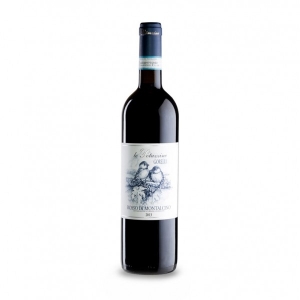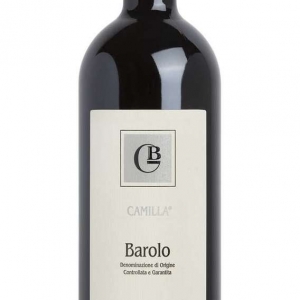Description
When Cîteaux Abbey was founded in 1098, the first monks were also given some land nearby. The Clos de Vougeot was planted shortly afterwards, in 1110. At this time Saint Bernard was tracing the outlines the Cistercian tonsure for 680 years, becoming an ideal present to obtain favours from popes or kings! The second chapter of the Clos’ history lasted a hundred years. Under the Phrygian cap, it was considered as national property and sold to dignitaries by the Revolution. Julien-Jules Ouvrard, son of a famous Napoleonic war financier, owned it from 1818 to 1861. The Clos was inherited by his children, married into the Rochechouart and Montalembert families, before being sold to six local wine merchants in 1889.
Since then the parcels have been divided many times, but the Clos de Vougeot remains the true heart of Burgundy wine. In around 1550 the 48th Abbot of Cîteaux, Jean Loisier, built the Château at the centre of the Clos. Inspired by the Renaissance, its square towers are clearly reminiscent of the Middle Ages. Elegant and functional, as it also serves as a vat room and cellar, the Château du Clos de Vougeot is simply exceptional nothing ostentatious, but truly inspired. The chateau has been the seat of the Confrérie des Chevaliers du Tastevin since 1945, making it the best table d’hôte in France.
Clos de Vougeot is both a vineyard and a wine, a historic monument and a certain image of France.
Extending the universal spirit of Cîteaux, the Confrérie des Chevaliers du Tastevin is open to the world. This temple of wine is a work of patience, resplendent after nearly a millennium of human effort and nature’s graces.Léonce Bocquet (1839-1913) owned the château and some fifteen hectares in the Clos. Responsible for the restoration of the château, he was a man of great panache. When the Grand Marshal of the court of Hohenzollern, after spending three days tasting the Clos’ wine, ordered 200 bottles, he replied, “Tell yourEmperor that I will not invoice a mere 200 bottles. I
offer them”. Léonce Bocquet is buried in front of the







